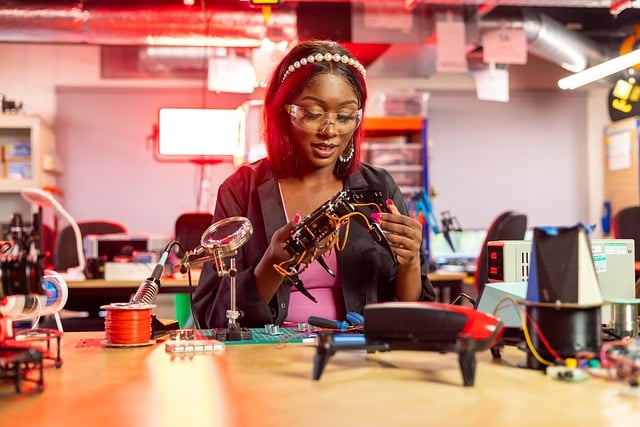Digital Literacy: A Necessity in Today’s Tech-Driven World
In today’s digital age, technology plays a significant role in our daily lives. From education to entertainment, social media to communication, technology has become an indispensable part of our lives. However, with the increasing use of technology among children, there is a growing concern about how kids are using technology wisely and effectively.
As parents, educators, and caregivers, it is essential that we teach children the right way to use technology, so they can benefit from its many advantages while minimizing its risks. In this article, we will discuss the importance of teaching kids to use technology wisely and effectively and provide some practical steps on how to do it.
**Why Digital Literacy Matters**
Digital literacy refers to the ability to effectively navigate and utilize digital technologies, including computers, smartphones, tablets, and other electronic devices. In today’s digital world, digital literacy is no longer a luxury but a necessity. Children who possess digital literacy skills can access vast amounts of information, communicate with others globally, and develop essential skills for the 21st century.
However, without proper guidance, children can easily fall prey to online dangers such as cyberbullying, social media addiction, and exposure to inappropriate content. Therefore, it is crucial that we teach kids how to use technology in a way that promotes their physical, emotional, and mental well-being.
**Key Principles for Teaching Kids to Use Technology Wisely**
Before we dive into the practical steps, here are some key principles to keep in mind:
1. **Modeling**: Children learn by observing, so it is essential to model responsible behavior when using technology yourself.
2. **Setting boundaries**: Establish clear rules and limits on screen time, social media use, and online interactions.
3. **Open communication**: Engage in open and honest conversations with your child about their online experiences and concerns.
4. **Monitoring**: Regularly monitor your child’s online activities to ensure they are using technology safely and responsibly.
**Practical Steps for Teaching Kids to Use Technology Wisely**
Here are some practical steps you can take to teach kids to use technology wisely:
1. **Establish a family media plan**: Develop a plan that sets boundaries on screen time, social media use, and online interactions.
2. **Teach digital citizenship**: Educate your child about the importance of online etiquette, cyberbullying prevention, and digital rights and responsibilities.
3. **Practice online safety**: Teach your child how to identify and report online threats, such as phishing scams or suspicious emails.
4. **Encourage critical thinking**: Help your child develop critical thinking skills by evaluating online sources, identifying biases, and promoting media literacy.
5. **Foster creativity and productivity**: Encourage your child to use technology for creative pursuits, such as art, music, or writing.
**Assessing Digital Literacy Skills**
To assess your child’s digital literacy skills, consider the following:
1. **Northstar Digital Literacy Assessment**: Use this assessment tool to evaluate your child’s digital literacy skills and identify areas for improvement.
2. **Digital citizenship frameworks**: Explore digital citizenship frameworks, such as the Common Sense Media Framework or the ConnectSafely Framework, to understand best practices for teaching kids about online safety and responsibility.
**Conclusion**
Teaching kids to use technology wisely and effectively is a crucial aspect of their education and development. By following these key principles and practical steps, you can help your child navigate the digital world safely and responsibly. Remember, digital literacy is not just about technical skills but also about promoting healthy habits, critical thinking, and creativity in the digital age.




